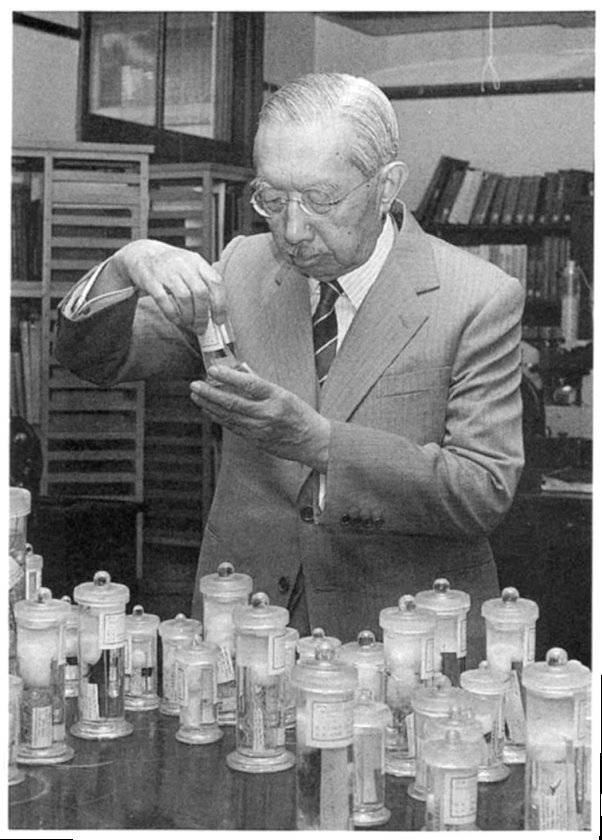He became a marine biologist
After Emperor Hirohito's war, in addition to becoming a symbol of Japan's awakening, he also became a marine biologist, which has always been his favorite. The Emperor often collects animal and plant specimens near the Misaki Institute of Oceanography near Sagami Bay, where the Gozen Villa is located. He set up his own marine laboratory near The Mulberry Garden, near the Imperial Palace in Tokyo, hiring two marine biologists and a botanical expert to assist in the classification efforts. Hirohito worked in this lab to the end of his life. Over the years, more than 28,000 specimens of marine life have been sent to him for classification from around the world.
After the war, Hirohito published 32 plates depicting about 23 new species of sea squirts, 7 new species of crabs, 8 new species of starfish, and 6 new species of sea slugs. He conducted the first comprehensive survey of the biodiversity of Sagami Bay, but he was particularly well versed in the tiny tentacle polyps that grow on the seafloor, known as aquatic animals. All of his works were published under the name "Emperor Hirohito of Japan".
Emperor Hirohito stood with Honshu under a microscope. Photo taken by Frank Medeiros and courtesy of the WHOI Archives
In 1975, Emperor Hirohito visited the Woods Hole Institute of Oceanography in Woods Hole, Massachusetts, and discussed with scientists there a topic of marine biology of particular interest to him— marine aquatic animals. About 40 species of primitive animals are common in the Woods Hole area. He was particularly interested in getting to know Howard Sanders, who discovered an animal during his graduate studies at Yale University that was not only a new species, but a completely new door.
Sus Honjo, the Emperor, and Howard Sanders talk at redfield labs. Photo taken by Frank Medeiros and courtesy of the WHOI Archives
Sears Crowell and Emperor Hirohito examined some hydra and nudibranchs at the Marine Biology Laboratory. Photo courtesy of MBL Archives.
